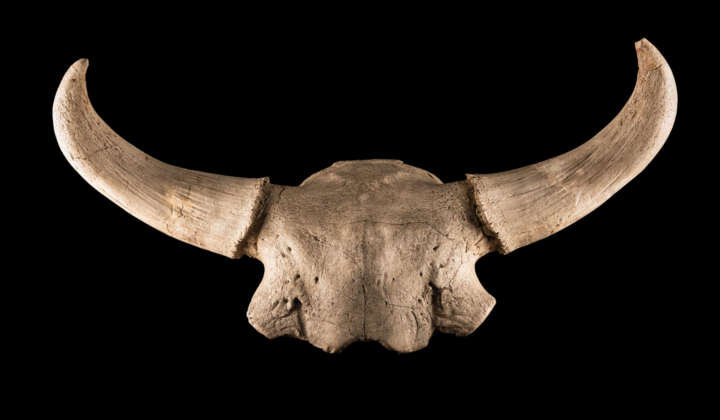Senckenberg Research Institute and Natural History Museum Frankfurt/M.
Location Weimar
Quaternary Palaeontology
The quaternary paleontological research focuses on the reconstruction of the organisms and the ecological conditions during the global climate fluctuations of the Ice Age era (during the past 2.6 million years).
The central work of the Senckenberg Research Station of Quaternary Palaeontology is the investigation of the biodiversity and evolutionary changes of Quaternary animal and plant associations in key regions of Eurasia and North America. The research aims include the reconstruction of palaeoecosystems, which are vital to understanding natural climatic variability and the increasing impact of man on the environment.
The research takes place under the following sections – Quaternary large mammals, Quaternary small mammals, Quaternary macrofloras, and Quaternary microfloras – in collaboration with international research groups. Current excavations, borehole investigations and expeditions are providing a wealth of new fossils and data. The analysis of Quaternary floras and faunas provides a basis for correlating sites and establishing links between climatic variability, regional and transregional biodiversity.
History
Thuringia came to prominence in the scientific world because of a scientific dispute in 1696-1704 between W. E. Tentzel and the Collegium medicum in Gotha. Large bones from the Pleistocene travertines of Burgtonna were correctly identified by Tentzel as those of a fossil elephant. He defended vehemently his opinion against interpretations as “games of nature” common at this time. During the 19th century the first important fossil collections were assembled at Weimar, mainly comprising finds from the fossil sites in the immediate vicinity of the town, such as Süßenborn, Weimar (Belvederer Allee), Taubach and Ehringsdorf. The description of these finds was undertaken by such well known palaeontologists, as von Fritsch, Pohlig, Weiss, Wiegers, Wüst, and Soergel.

